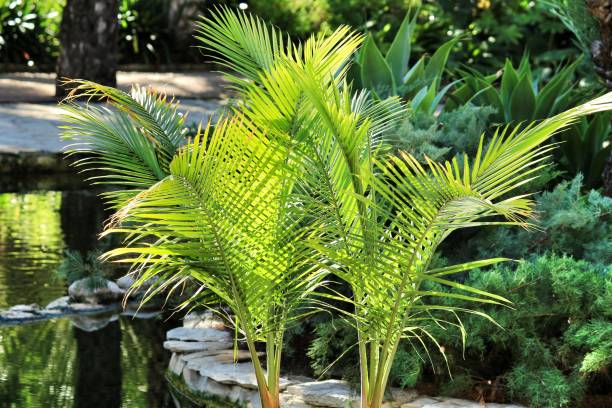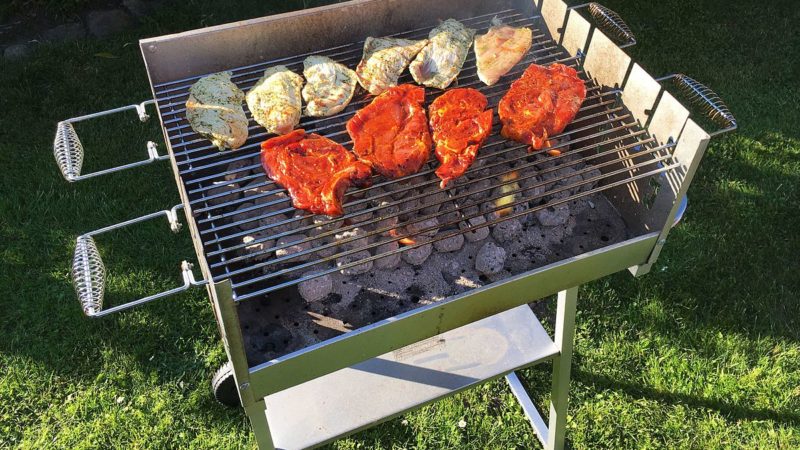Poisonous Weeds You Should Avoid in Your Garden
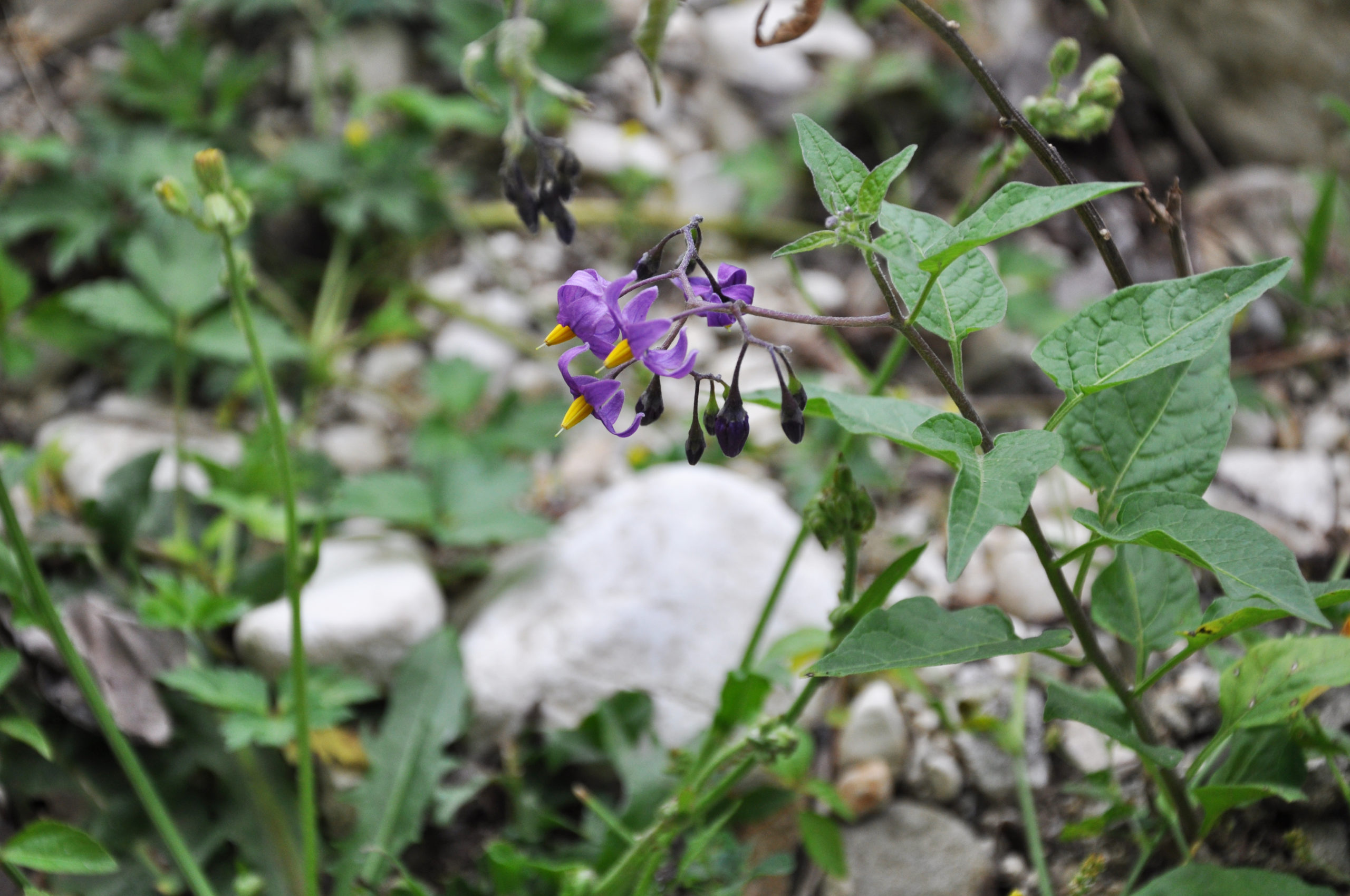
No one likes to have weeds in the garden. They absorb the soil nutrients and water from the shrubs and other plants. Weeds invade the garden beds and negatively impact the overall look of your beautiful garden. But that’s not it. There are some poisonous weeds that can do real harm to not only your garden but also to you. Here is an article about the poisonous plants and weeds that you should avoid having in your garden.
List of Poisonous Weeds
Some weeds not only absorb the nutrients of your garden soil but can also cause rashes on contact. These weeds can also cause death if consumed. Therefore, it is better to keep these toxic plants away from your garden.
Pokeweed

This toxic plant is also known as pokeberry or poke root. It is a perennial which can grow around six feet tall. It is one of the most poisonous weeds that features white clusters of flowers that become shiny berries that attract birds.
Pokeweed not only has poisonous leaves, but each and every part of this plant is poisonous and especially the roots. Contact with the roots of this plant can cause various harms, from vomiting to internal bleeding. The last nail to the coffin? This plant is invasive, and it is difficult to get rid of it. Make sure to get rid of this poisonous plant as soon as you notice it on your property.
Atropa Belladonna
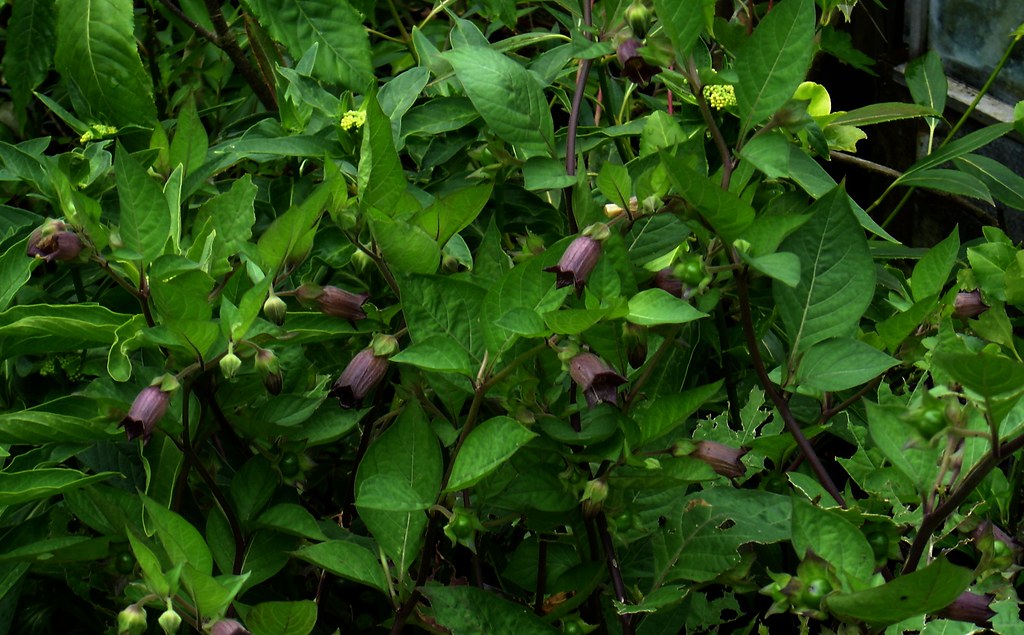
There are different types of common garden weeds that you can have in your garden, but it is best to avoid poisonous weeds. In this regard, Atropa belladonna is one of the most toxic plants. It is also known as deadly nightshade and is often found in the Western Hemisphere.
It grows bell-shaped dark purple flowers which can cause hallucination. Moreover, these flowers can cause death if consumed (Source).
That’s not it. This toxic plant has poisonous leaves, which can cause blisters when brushed up. It is one of the most poisonous plants for dogs and other pets. It is better to stay cautious if you find this plant in your garden. Make sure to get rid of it as soon as possible.
Bittersweet Nightshade
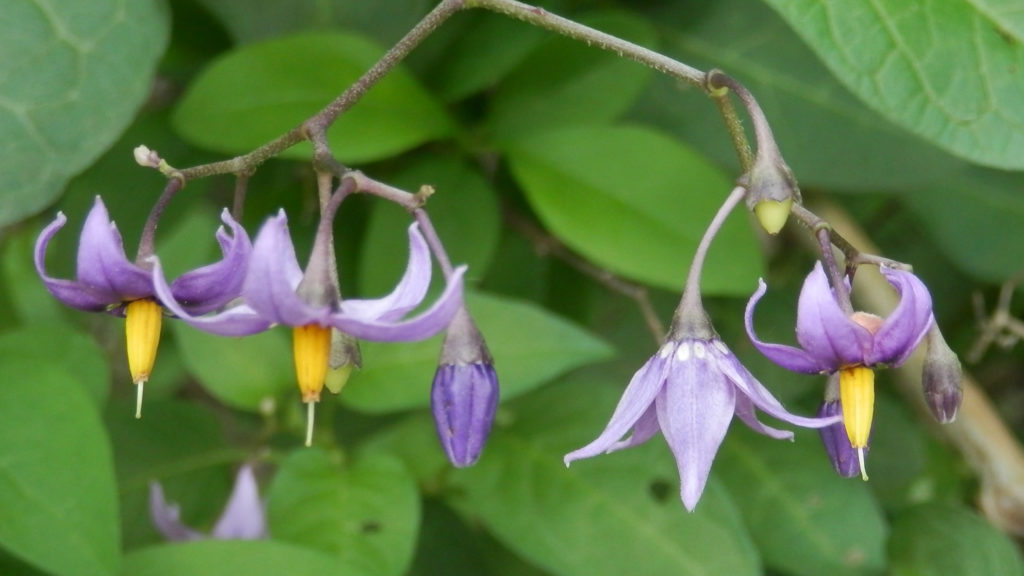
It is always a good idea to have pet-friendly plants in your house and garden. Some plants are high;y toxic, which makes them inappropriate for houses with pets and kids. In this regard, bittersweet nightshade is one of the poisonous plants which you should avoid.
It is poisonous to pets and can also be deadly to children if consumed. Bittersweet nightshade grows beautiful red berries that are poisonous and can cause death. It is one of the most poisonous weeds that grow beautiful purple flowers from mid-May to September. If you have a pet or kids in your house, then it is better to stay on the safe side and get rid of it as soon as you spot it in your garden.
Jimson Weed
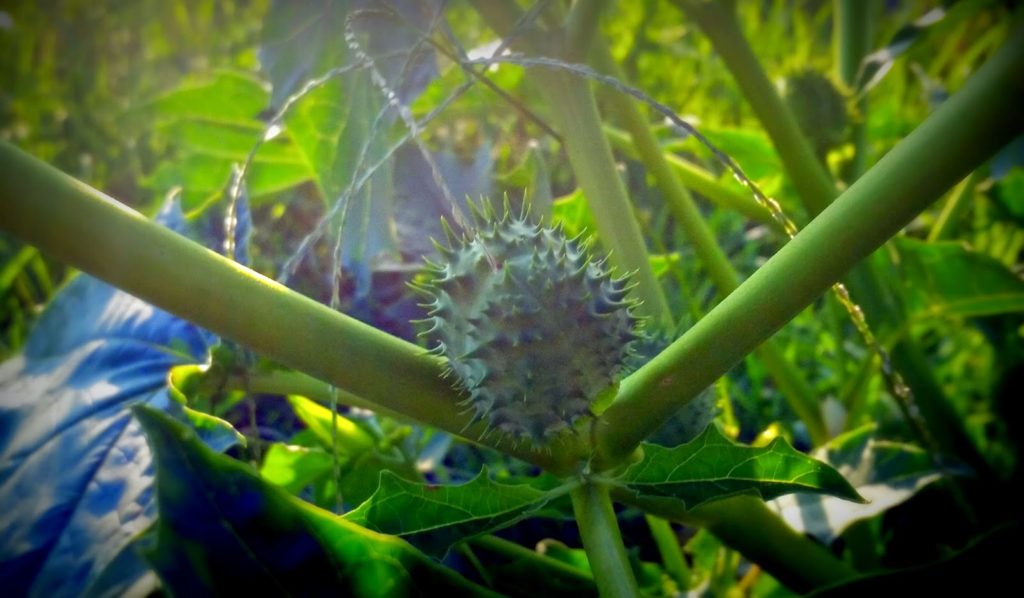
Also known as devil’s snare is one of the most poisonous weeds. The roots, leaves, stems, and seeds of this toxic plant are poisonous. They can be dangerous if ingested. In such a case, all the parts of this plant can use erratic heart rhythms, hyperthermia, hallucination. Moreover, in the worst case, it can also cause death. This plant originated in Mexico, but now it has adapted to survive in the cooler conditions of North America.
Poison Oak
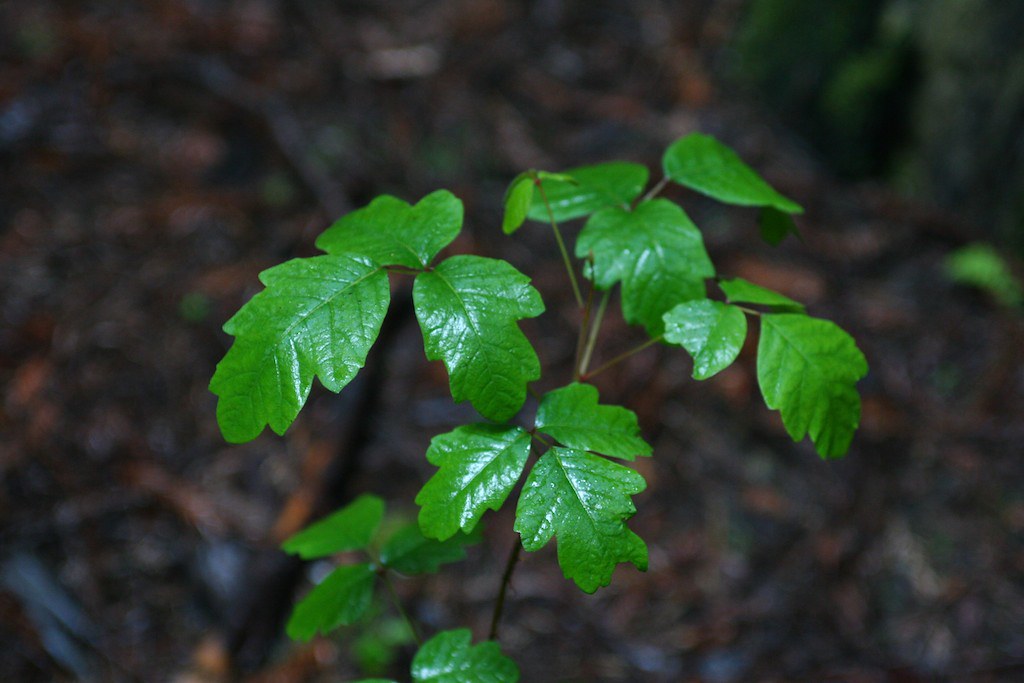
When it comes to poisonous weeds, we can not ignore poison oak. It grows three-leaf clusters which can cause intense itching and dermatitis. The poisonous leaves of this toxic plant are harmful to pets and children.
Poison oak can appear as a climbing vine or as a shrub. It is found in the southeastern and western United States. Use organic weed control methods to get rid of the poisonous weeds. Make sure to wear gloves and protective clothing when removing it from your garden.
Poison Sumac
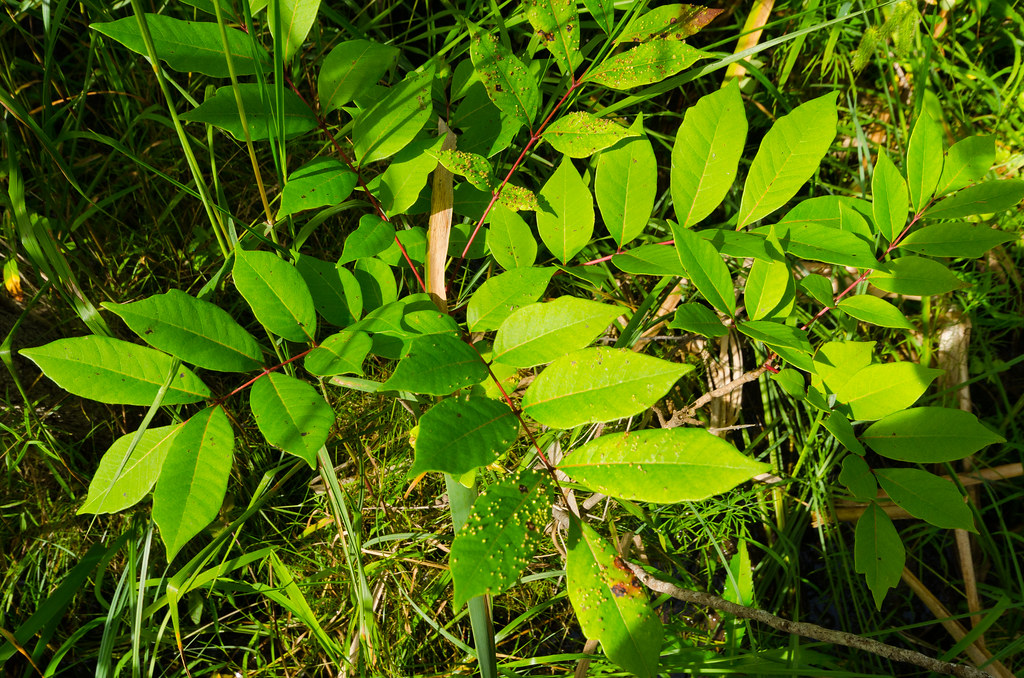
It is another amongst the most poisonous weeds. This one is more poisonous as compared to poison oak. In case you accidentally brush against the poisonous leaves of this plant, you can get oozing blisters, rashes, and irritated mucous membranes.
This toxic plant usually grows in the southeastern part of the United States and especially in swamp areas. The poisonous leaves of this plant grow in clusters of around 7 to 13. It also grows green berries that drop from its stems.
Giant Hogweed

This toxic plant belongs to the carrot family but doesn’t have any good quality of the vegetable. It grows upto 14 feet tall, and the leaves span up around 5 feet. The flowers of this plant are so beautiful that you would want to touch them but don’t.
The sap of this poisonous plant is phototoxic and can cause blistering and skin irritation, which can cause scars that last for several years. In case you find the poisonous weed in your area, immediately contact the environmental agency of the country to get rid of it. This one is highly invasive and should be handled with great care.
Poison Hemlock

It is among the most poisonous weeds for its poisonous leaves. They can cause great harm if ingested mistakenly. If you find this toxic plant in your garden, make sure to remove it with the right precautions. The toxins of this plant can also be absorbed by the skin to make sure to be extra careful.
Castor Bean
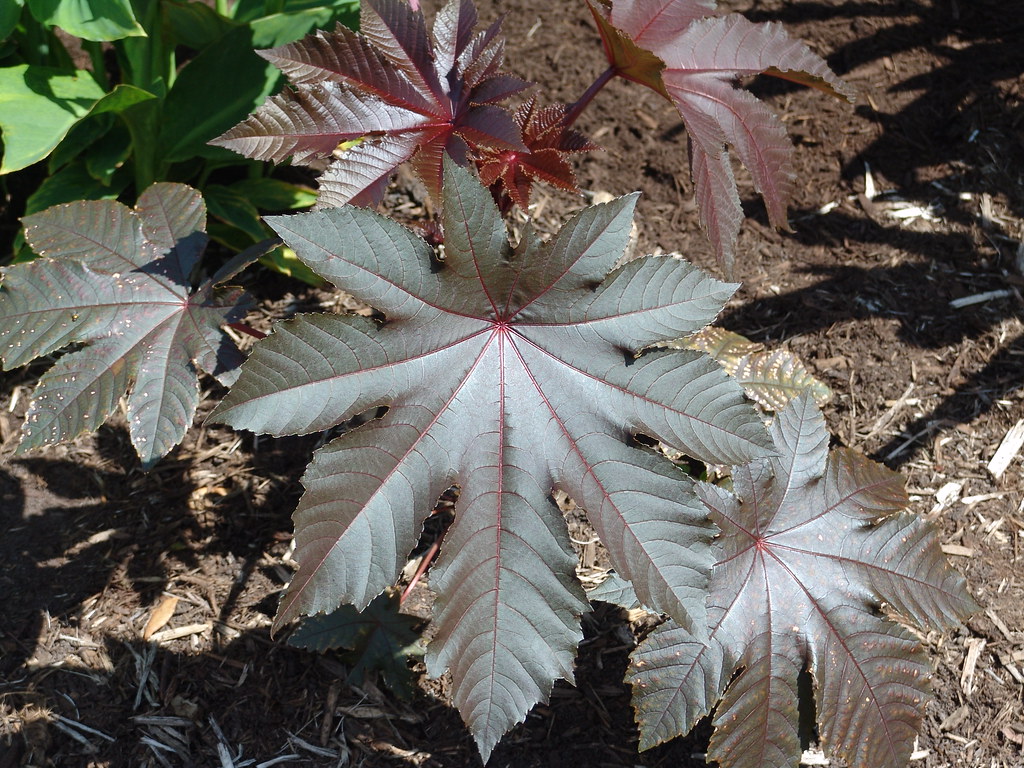
The seeds of this toxic plant are among the deadliest on the plant. They can cause death to both pets and people. Castor bean is one of the most poisonous weeds that can reach around 15 feet tall. The main toxin in the seeds of this plant is ricin which is used as a biological warfare agent. If you have pets or children at home, you should better this plant.
Poison Ivy

No plant can compete with Poison Ivy when it comes to poisonous weeds. It grows throughout most parts of North America and can cause rashes when it comes in contact. Moreover, it can also cause blistering and severe itching. It has three-leaf clusters and white berries. Poison ivy is a noxious weed and should be removed from your property as soon as you find it.
Final Words
Maintaining a flourishing garden can be really challenging. Make sure to avoid poisonous weeds from your landscape to ensure a safe and healthy place for your kids and pets. Use organic pest control methods and wear gloves and protective clothing when eradicating the poisonous plants. If you find the information helpful, drop a comment.


